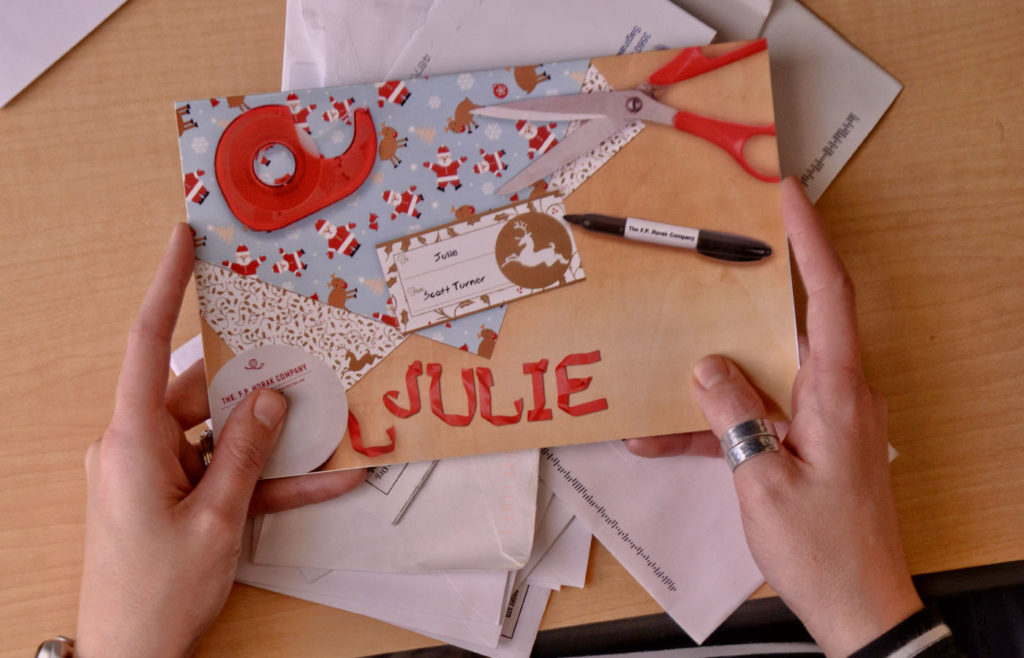One-to-one direct mail pieces boost response rates. Every. Single. Time.
Advances in digital presses, data mining, and the software that link the two are boosting response rates for savvy marketers willing to personalize direct mail campaigns for key audience segments.
“It’s more than just a name,” says John Crumbaugh, media and ink product marketing manager for Canon Solutions America. “It’s using what data you have on a customer or prospect to anticipate their needs and to deliver a customized offer that makes them feel valued.”
It’s more than simple postcards and letters, says Crumbaugh, noting brochures customized in multiple places or a 16-page catalog with images customized by previous order history as two good examples. “That’s what’s really, really cool about digital printing,” he says. “You can make it somebody’s own little package.”
And that’s just what Albertson College did when it wanted a more efficient way to recruit new students.
According to a case study published by Hewlett-Packard, the small liberal arts institution in Idaho had been sending out thousands of brochures to high school juniors and seniors, garnering a 2 percent response rate in any given year. When it began using an HP Indigo press to personalize the brochures—by name, grade level, academic area of interest, and high school counselor—the response rate jumped to 18.7 percent, an astounding 83 percent increase.
Tony Rizzo, chief marketing officer at Texas-based Marquis, an organization offering CRM, marketing consulting, and compliance solutions for financial institutions, sees similar results. Rizzo’s tracked response rates and profitability numbers on a direct and indirect basis across hundreds of campaigns.
After indexing for spend, response rate, ROI, profit, number of products sold—essentially all categories of marketing measurement—Rizzo says, “I can tell you when we personalize something, it has a 50 percent better performance across the board over something that is generic. We know that it works.”
By Laurie Hileman

